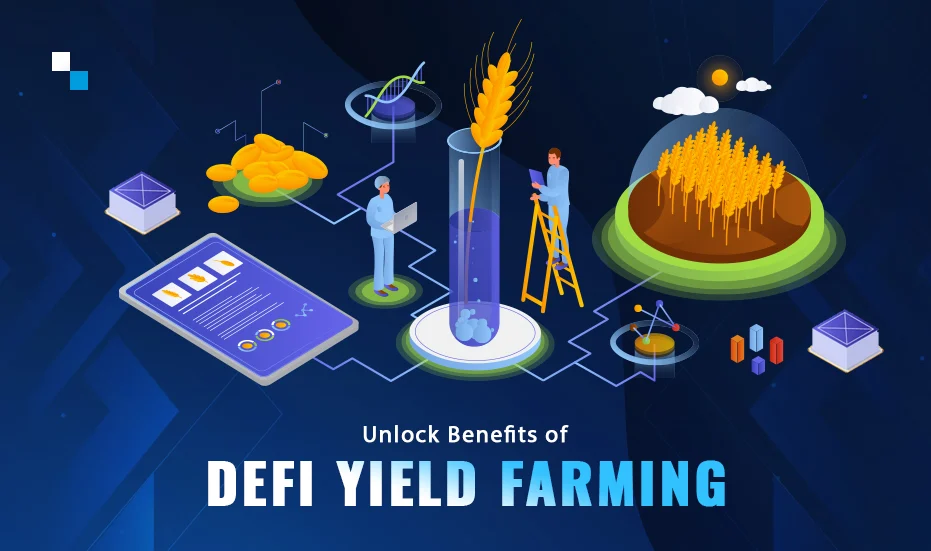With a focus on interoperability, these technologies are transforming the way we access and leverage decentralized finance. In this article, we delve into the power of Avalanche and explore how Cross-Chain DeFi is reshaping the landscape of financial services. Cross-chain allows interlinking of 2 different blockchains and on the other hand, Quantum XBT Era allows trading top crypto coins with automated features. Click the link to know more.
Exploring Cross-Chain DeFi
Cross-Chain DeFi is a cutting-edge concept that is revolutionizing the decentralized finance landscape. Unlike traditional DeFi platforms that operate on a single blockchain, Cross-Chain DeFi enables the seamless transfer of assets and data across multiple blockchain networks. This breakthrough technology addresses one of the major challenges in the DeFi space – the lack of interoperability between different blockchain platforms.
In the past, decentralized applications (DApps) and financial services were confined to a single blockchain ecosystem. This limited the liquidity, trading opportunities, and composability of DeFi protocols. However, Cross-Chain DeFi leverages interoperability solutions, such as Avalanche, to bridge the gap between disparate blockchain networks.
By leveraging Cross-Chain DeFi, users can unlock a multitude of benefits. Firstly, it allows for the efficient transfer of assets between different blockchain platforms. This means that users can seamlessly move their assets, such as cryptocurrencies or tokens, across chains without the need for complex and time-consuming processes.
Moreover, Cross-Chain DeFi enhances liquidity by enabling access to a broader pool of assets from various blockchains. This increased liquidity opens up new trading opportunities and enhances price discovery mechanisms. Traders can benefit from improved market efficiency and reduced slippage when executing transactions.
One of the key advantages of Cross-Chain DeFi is the ability to compose different DeFi protocols across chains. This means that developers can combine functionalities and smart contracts from multiple blockchain networks to create innovative and complex financial applications. This composability unleashes the potential for building sophisticated financial instruments and services that were previously impossible within a single blockchain ecosystem.
Additionally, Cross-Chain DeFi facilitates seamless cross-chain lending and borrowing. Users can borrow assets from one blockchain and collateralize them on another blockchain, enabling decentralized lending protocols to operate across chains. This opens up new avenues for borrowing and lending, creating more inclusive financial services for a wider range of users.
Leveraging Interoperability in Financial Services
One of the key benefits of interoperability is the ability to facilitate cross-chain asset transfers. With interoperability protocols like Avalanche, users can transfer assets seamlessly between different blockchain networks, eliminating the need for complex and time-consuming processes. This opens up new possibilities for financial services by allowing users to access and utilize a diverse range of assets from various blockchains, expanding their investment opportunities and diversifying their portfolios.
Enhanced liquidity and trading opportunities are also direct outcomes of leveraging interoperability in financial services. By enabling the transfer and utilization of assets across chains, interoperability increases the liquidity pool available for trading activities. This improved liquidity fosters a more efficient market, reducing slippage and enabling traders to execute transactions at more favorable prices. Moreover, interoperability promotes price discovery mechanisms by connecting previously isolated markets, creating a more robust and interconnected trading ecosystem.
Interoperability also enables the composability of decentralized applications (DApps) across different blockchain networks. Developers can harness the power of interoperability protocols like Avalanche to combine functionalities and smart contracts from multiple blockchains, creating innovative and complex financial applications. This interoperable environment encourages collaboration and the development of synergistic DApps that can offer enhanced functionalities and services to users. The ability to seamlessly integrate different protocols and assets across chains promotes a thriving ecosystem of interoperable DApps that cater to diverse user needs.
Cross-chain lending and borrowing is another area where interoperability brings the transformative potential to financial services. Interoperability protocols allow users to collateralize assets from one blockchain and borrow assets from another blockchain, enabling decentralized lending and borrowing protocols to operate across chains. This cross-chain lending and borrowing ecosystem offers users more options and flexibility in accessing credit and leveraging their assets, creating a more inclusive and accessible lending market.
Lastly, leveraging interoperability in financial services expands the reach of decentralized applications (DApps) to a global scale. By breaking down the barriers between different blockchain networks, interoperability protocols enable users from various communities to access a wider range of DApps and DeFi services. This global accessibility fosters financial inclusivity, empowering individuals from diverse backgrounds and geographical locations to participate in the decentralized finance ecosystem.
Conclusion
Leveraging interoperability through technologies like Cross-Chain DeFi revolutionizes financial services. It enables seamless asset transfers, enhances liquidity and trading, fosters composability, facilitates cross-chain lending, and expands global accessibility. Embracing interoperability opens up new possibilities, propelling the industry towards a more interconnected and inclusive future of decentralized finance.
